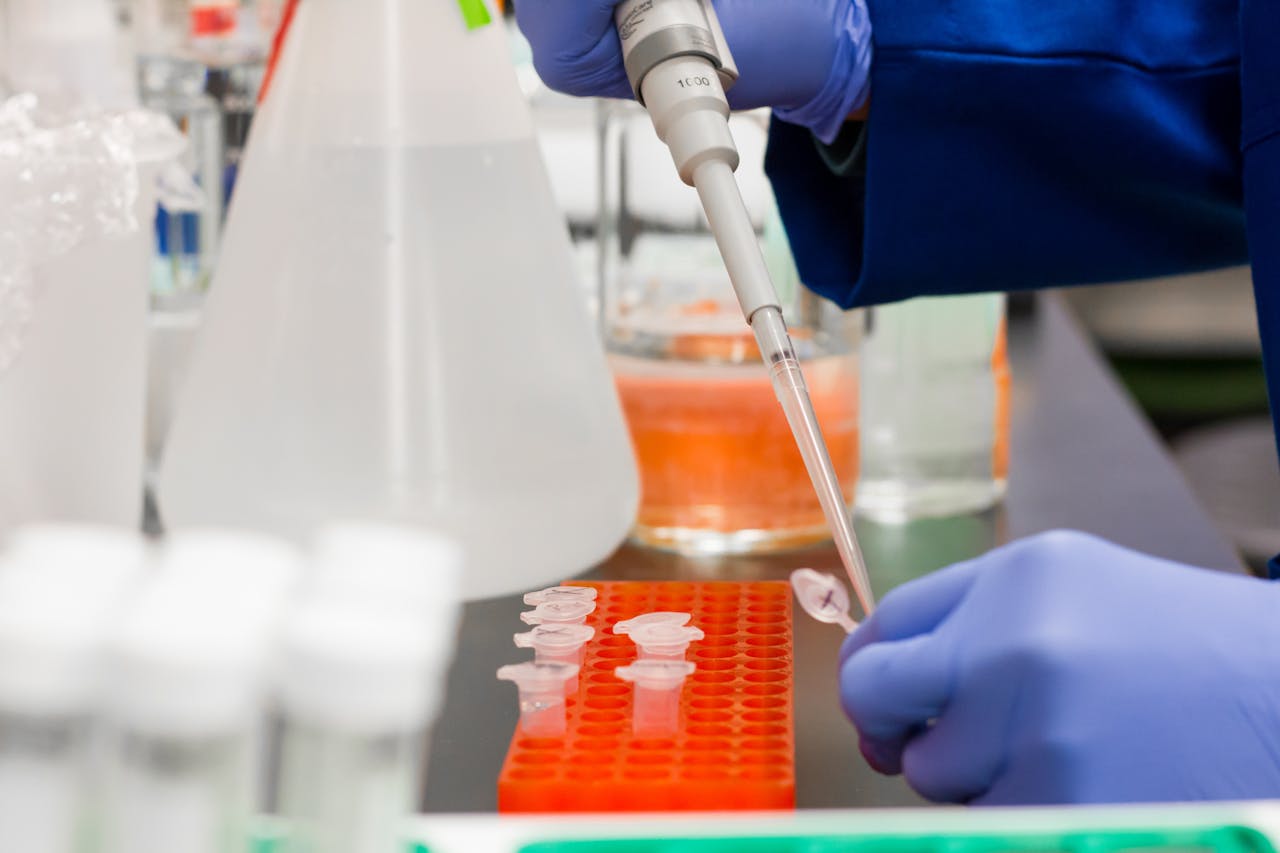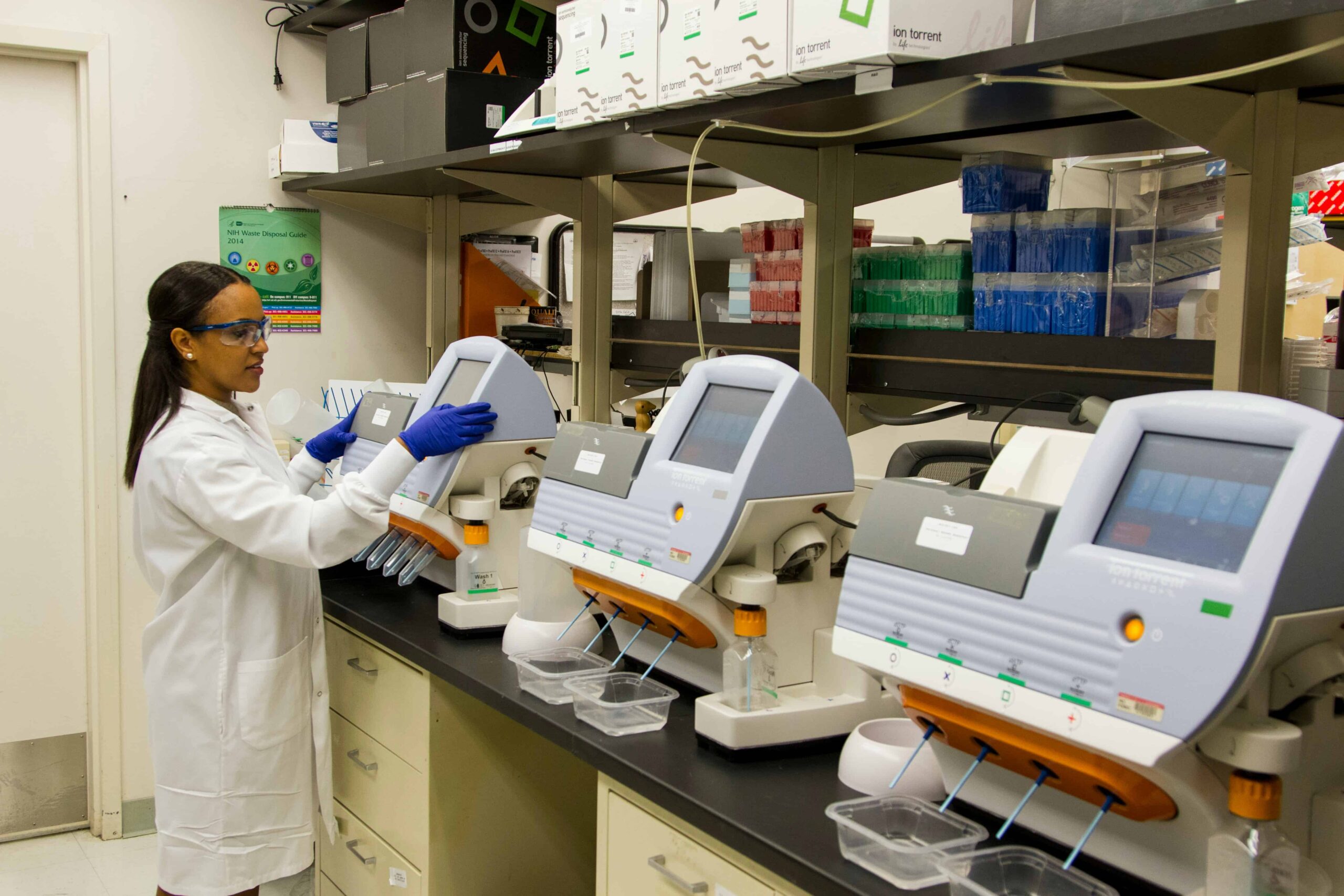Running a successful lab involves the effective management of various processes, from results management to testing protocols. To achieve consistent, reliable outcomes, you need efficient systems that support productivity, minimize errors, and reduce delays.

Assessing Your Current Workflow
To streamline results management and testing, it’s essential to first assess your current workflow. This involves taking a close look at every step of your lab’s processes to determine what is working well and what could be improved. Investing in a lab interface system can significantly improve data integration and streamline the flow of information between various lab instruments and management systems. By thoroughly understanding your existing workflow and improving it, you can make informed decisions that lead to more effective management.
- Evaluating Lab Efficiency: Before making changes, it’s crucial to understand your lab’s current state. Evaluate existing workflows and identify bottlenecks that hinder productivity.
- Identifying Pain Points: Speak to team members and observe where inefficiencies arise – whether in sample processing, result validation, or data logging.
Automate Routine Processes
Automation is a key element in optimizing lab operations. By automating routine tasks, you can reduce the burden on staff, minimize errors, and improve the overall efficiency of the lab. Implementing automation tools can significantly enhance productivity and allow your team to focus on more value-added activities.
- Implementing Laboratory Information Management Systems (LIMS): A LIMS can automate mundane, repetitive tasks like data entry, helping reduce human error and improve overall lab accuracy.
- Benefits of Automation in Labs: Automation isn’t just about speed – it also ensures consistency in data management, facilitating easier access to results and reducing turnaround time.
Improve Data Entry and Access
Efficient data entry and easy access to information are crucial for effective lab management. Moving away from manual processes and adopting digital solutions will help reduce errors and ensure that data is easily available when needed. Improved data management not only boosts productivity but also supports better decision-making.
- If your lab is still using paper-based data collection, it’s time to go digital. Digitization reduces the risk of transcription errors and ensures all data is available at your fingertips.
Cloud-Based Solutions
Cloud-based platforms allow lab teams to access data remotely, fostering greater flexibility and collaboration. They also facilitate a smoother data transfer between departments. Moreover, these platforms provide enhanced data security features, ensuring that sensitive information is protected while being easily accessible to authorized personnel.
Strengthen Quality Control Protocols
Maintaining high standards in lab testing is critical to producing reliable results. Strengthening quality control protocols ensures that every test meets the required standards and that errors are minimized. Standardized procedures and regular quality checks are essential components of an effective quality control strategy.
- Standardizing testing procedures helps prevent discrepancies and enhances reliability. Ensure all staff are trained in the same methodologies to maintain consistency.
- Regular internal audits can help identify issues early and ensure your lab maintains high standards.
Effective Communication Systems
Clear and effective communication is vital in a lab setting. Miscommunication can lead to errors, delays, and safety concerns. By implementing robust communication systems, labs can improve coordination among team members, reduce misunderstandings, and ensure that everyone is aligned on key tasks and priorities.
- Communication platforms such as team chat tools can help improve coordination between team members and departments, reducing errors due to miscommunication.
Scheduling and Notifications
Automated scheduling tools for tests and regular notifications can ensure tasks are completed on time and keep everyone on the same page. These tools also help in prioritizing tasks effectively, ensuring that urgent tests are handled promptly. By keeping all team members informed, the lab can maintain a steady workflow and avoid unnecessary delays.
Training and Skill Development
Continuous training and skill development are essential for maintaining a high-performing lab team. By providing regular opportunities for staff to develop their skills, labs can ensure that team members stay updated on the latest techniques and technologies, leading to improved results and greater overall efficiency.
- Providing Continuous Training Opportunities: Encourage staff to participate in training programs that improve both their technical skills and their familiarity with lab management software.
- Cross-Training Staff Members: Cross-training staff ensures your lab can remain operational even if key personnel are absent. It enhances team flexibility and reduces disruptions.
Utilize Metrics to Track Performance
Tracking performance metrics is crucial to understanding how well your lab is functioning and identifying areas that need improvement. By establishing clear performance indicators, you can monitor progress, make informed decisions, and implement changes that lead to better outcomes.
Set Key Performance Indicators (KPIs)
Set measurable KPIs to assess lab performance, such as sample processing time, error rates, and customer satisfaction. Additionally, consider metrics like staff productivity and equipment utilization to get a comprehensive view of lab efficiency. Tracking these metrics over time will help identify trends and areas needing further optimization.
Leverage Analytics
Use lab management software with built-in analytics to gather insights and identify areas needing improvement. Analytics can also help in spotting recurring issues, enabling preemptive action to mitigate potential problems. By using data-driven insights, labs can continuously refine their processes and stay ahead of operational challenges.
Invest in Equipment Upgrades
Outdated equipment can be a major barrier to efficiency in lab operations. Investing in modern equipment and keeping existing machinery well-maintained can lead to significant improvements in accuracy, speed, and reliability. Upgrading equipment is an investment in both productivity and the quality of your lab’s results.
- Outdated Equipment Costs Time: Modern equipment can significantly enhance efficiency and precision. Consider investing in newer technology to streamline processes.
- Maintenance Schedules: Regular maintenance helps extend the lifespan of lab equipment and prevents unexpected breakdowns that could impact workflow.

By leveraging automation, focusing on staff development, improving communication, and utilizing performance metrics, labs can effectively streamline results management and testing processes. Implementing these steps will boost lab productivity and contribute to higher-quality outcomes. Additionally, it will enhance the reliability of lab results, reduce turnaround times, and ensure compliance with industry standards. Labs can build stronger relationships with clients and stakeholders by making these improvements. Ultimately, streamlined processes lead to a more efficient and sustainable laboratory environment, setting the stage for future growth and success.



